Möchtest du eine Sonnencreme, die ohne bedenkliche Inhaltsstoffe auskommt und deine Make sunscreen yourself? Dann probiere es einfach einmal aus! Deinen Sonnenschutz für die Haut selbst herzustellen, geht nämlich einfacher und schneller als du wahrscheinlich denkst.
Hier erhält du die passenden Zutaten und ein wirklich simples Rezept für deine selbst gemachte Sonnencreme, sowie wichtige Tipps um deine Haut vor der Sonne zu schützen.
Here is another short Table of contents for the article:
Make your own sunscreen - what to look out for
Wichtig ist, dass deine selbst hergestellte Sonnencreme sowohl vor UVB- als auch vor UVA-Strahlen schützt.
UVB rays dringen nur bis in die Oberhaut ein. Sie sind für das Bräunen der Haut verantwortlich, aber auch für Sonnenbrand. Außerdem kann die UVB-Strahlung in den Zellen der Oberhaut Krebs auslösen.
UVA rays haben zwar weniger Energie als die UVB-Strahlen, aber sie dringen tiefer in die Haut ein. Sie sind für die sonnenbedingte Hautalterung verantwortlich und können Allergien auslösen. Zudem gibt es Hinweise, dass die UVA-Strahlung schwarzen Hautkrebs auslösen kann.
Make sunscreen yourself - the ingredients
Hier ist ein kleiner Überblick über mögliche Zutaten, die du für die Herstellung deiner selbstgemachten Sonnencreme verwenden kannst und deren Wirkung.
Coconut oil
Um Sonnencreme selbst herzustellen, kannst du auf unterschiedliche Grundzutaten zurückgreifen. Einen natürlichen Sonnenschutz mit einem Lichtschutzfaktor von ca. 7 bietet Kokosöl. Allerdings schützt dieses nur vor UVB-Strahlen, weswegen du Kokosöl nicht als alleinigen Sonnenschutz verwenden solltest!
Für deine selbstgemachte Sonnencreme benutzt du am Besten kaltgepresstes Bio-Kokosöl. Kokosöl spendet der Haut Feuchtigkeit und enthält außerdem antimikrobielle Fettsäuren, die die Vermehrung von Bakterien verhindern. Kokosöl im wiederverwendbaren Einmachglas bekommst du hier*.
Zinc oxide
Um einen höheren Lichtschutzfaktor und einen Schutz, der selbstgemachten Sonnencreme auch vor UVA-Strahlen zu erreichen, musst du zusätzlich einen mineralischen Filter verwenden.
Hierfür eignet sich Zinkoxid. Zinkoxid bekommst du in der Apotheke. Für 50g habe ich ca. 3,50 € bezahlt. In mitgebrachte Gläser möchte meine Apotheke übrigens nicht abfüllen, aber sie benutzt zum Abfüllen Papiertüten. So bekommst du dein Zinkoxid also plastikfrei.
Important: Achte bitte darauf, dass dein verwendetes Zinkoxid keine Nano-Partikel , also Partikel, die kleiner als 100nm sind, enthält. Diese können nämlich in die Haut eindringen.
Dosage of the zinc oxide
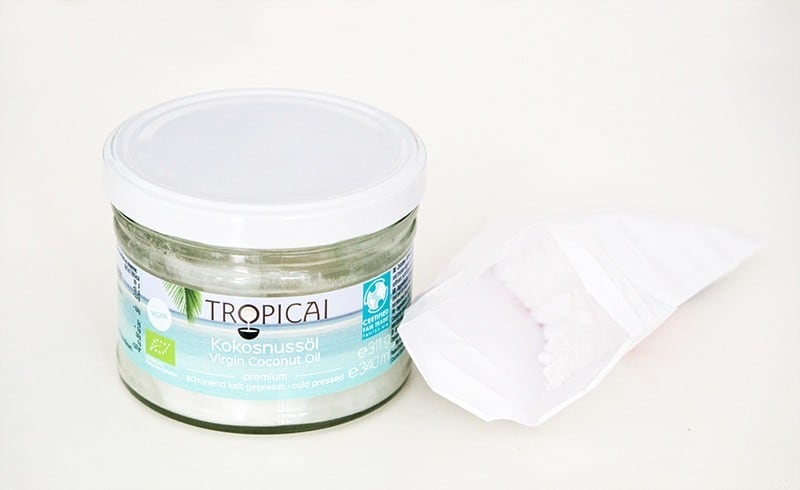
Die Menge des verwendeten Zinkoxids richtet sich danach, welchen Lichtschutzfaktor du erreichen möchtest. Ein Anteil von 10% Zinkoxid in der fertigen Sonnencreme ergeben einen LSF von ca. 10. Mit 20% Zinkoxid hat deine selbst gemachte Sonnencreme einen LSF von etwa 20. Die Prozentangaben beziehen sich dabei auf das Gewicht.
Beispiel: 16g Kokosöl plus 4g Zinkoxid ergeben einen LSF von ca. 20
Aloe vera
Aloe Vera pur oder als Gel hat keinen eigenen LSF. Aber durch seine pflegende und feuchtigkeitsspendende Wirkung eignet es sich als Zutat für deine selbstgemachte Sonnencreme.
Aloe Vera Gel consists of cold-pressed aloe vera and provides the skin with abundant moisture. Here you get 100% natural Aloe Vera Gel*.
Sonnencreme selber machen mit Kokosöl – Rezept
Ich mag es gern einfach und deswegen verwende ich für selbstgemachte Sonnencreme nur einige wenige Zutaten.
Für mein Lieblingsrezept benötigst du lediglich:
- Kokosöl (you get here*)
- Aloe Vera Gel (you get here*)
- Zinc oxide (you can get it in the pharmacy)
Here's how you bring the ingredients together:
- Da Kokosöl je nach Temperatur flüssig oder sehr fest ist, musst du es mitunter erst etwas erwärmen bevor du die weiteren Zutaten untermischen kannst.
- Mische das Kokosöl mit Aloe Vera Gel (ich mische 50:50)
- Rühre unter diese Mischung das Zinkoxid nach deinem Bedarf (Bsp 20% Zinkoxid für LSF 20)
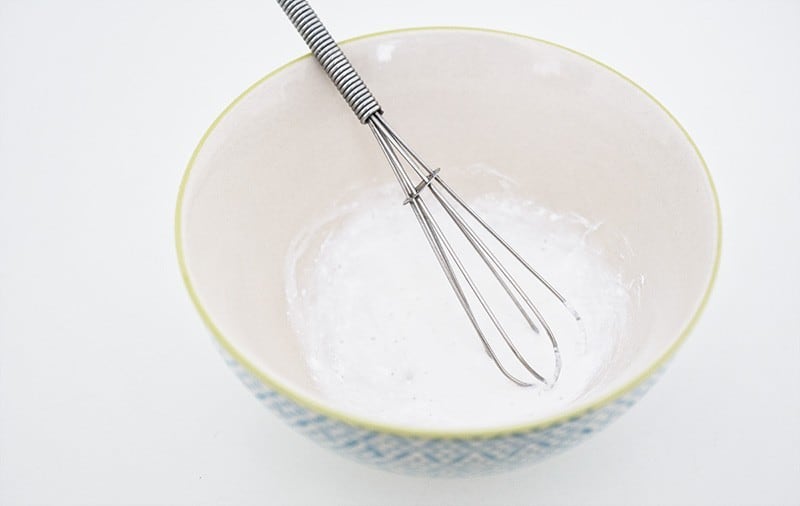
And your homemade sunscreen is ready!
Das Rezept kannst du auch abwandeln, indem du das Mischverhältnis zwischen Kokosöl und Aloe Vera Gel änderst oder auch nur Kokosöl mit Zinkoxid mischst.
Da Kokosnussöl bei Temperaturen unter 24°C fest ist, füllst du deine Sonnencreme mit Kokosöl am besten in ein Schraubglas mit breiter Öffnung. Die Sonnencreme wird nämlich auch mit untergemischtem Aloe Vera Gel wieder fester.
Wenn du eine bei allen Temperaturen flüssige Sonnencreme möchtest, kannst du alternativ auch andere Pflanzenöle verwenden. Achte dabei immer darauf, dass es kaltgepresste Öle in Bio-Qualität sind.
Übersicht einiger Alternativen zu Kokosöl
Olive oil also has an SPF of 7. Natives Olivenöl in der Flasche gibt es hier*
Mandelöl has a sun protection factor of about 4. Kalt gepresstes Mandelöl gibt es hier*
Sesamöl has a sun protection factor of about 2. Hier bekommst du natives Bio-Sesamöl*
Sun protection tips
Trotz deiner selbstgemachten Sonnencreme solltest du einige Regeln beachten – deine Gesundheit wird es dir danken 😉
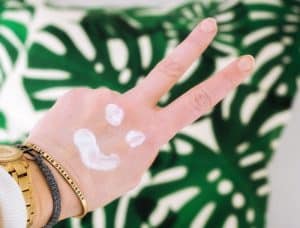 Avoid the blazing midday sun
Avoid the blazing midday sun- Apply sunscreen even in the shade
- Creme regelmäßig nach
- Um auch deine Augen zu schützen, trage eine Sonnenbrille (Achte dabei auf die CE-Kennzeichnung)
- Vollständigen Sonnenschutz gibt es nicht – egal wie gut du cremst, etwas UV-Strahlung erreicht deine Haut immer. Deswegen sei auch mit aufgetragener Sonnencreme aufmerksam und verlasse die Sonne bevor sich deine Haut rötet!
Make sunscreen yourself? No problem!
Wie du siehst, ist es wirklich nicht kompliziert deine eigene Sonnencreme zu machen. Außerdem geht es schnell und macht richtig Spaß!
Have you tried this or any other DIY sunscreen recipe? Do you have any tips or questions? Then feel free to write me a comment under this post!
Enjoy your homemade sunscreen and have a sunny summer!

PS: Falls dir die Herstellung zu aufwendig sein sollte, dann kann ich dir diese Sunscreen in jar recommend
PPS: Weitere Tipps & Tricks, um dir Pflegeprodukte, Naturkosmetik, Gerichte und auch Möbel selber zu machen, findest du im Do It Yourself Blog. Schau mal rein! Probiere insbesondere einmal unsere Rezepte für homemade toothpaste and homemade face scrub!

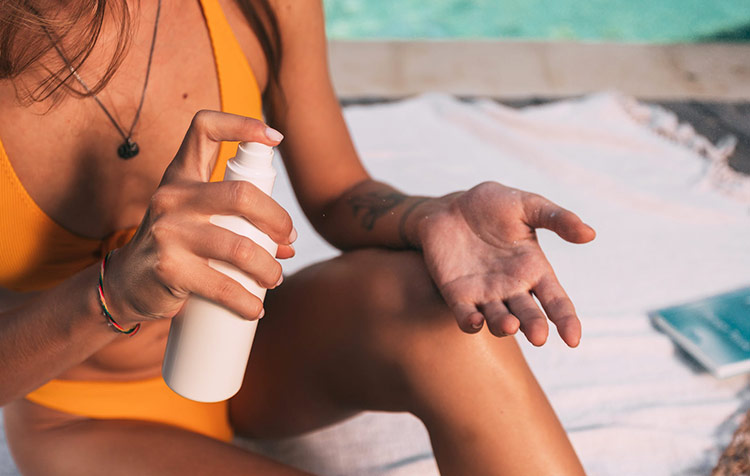

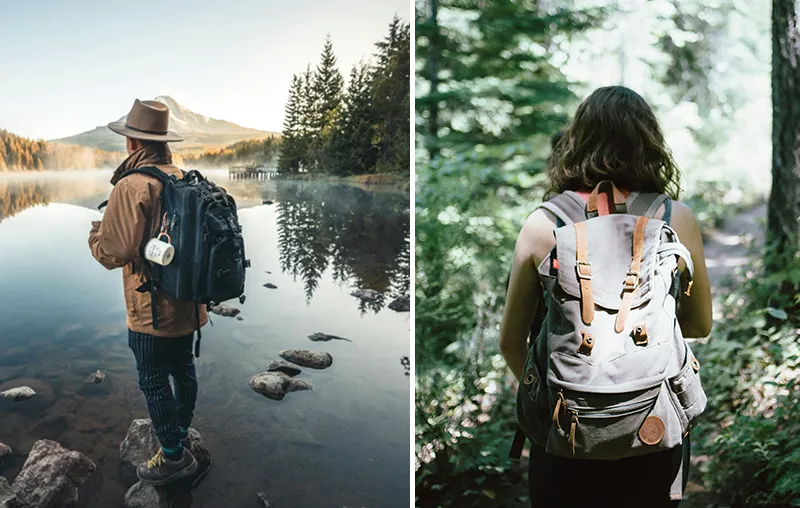
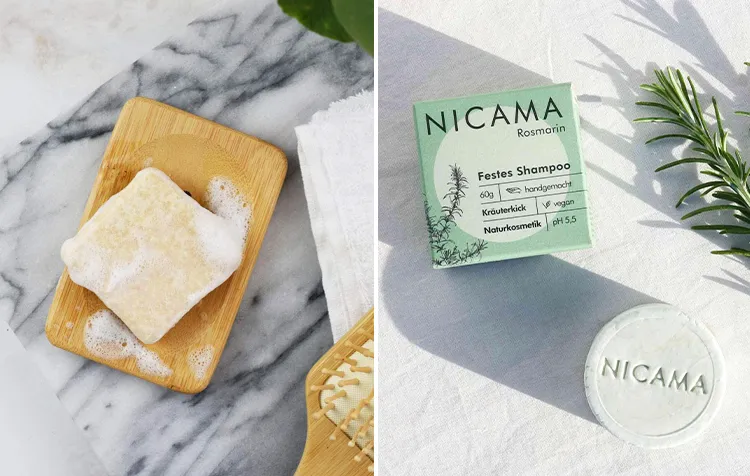

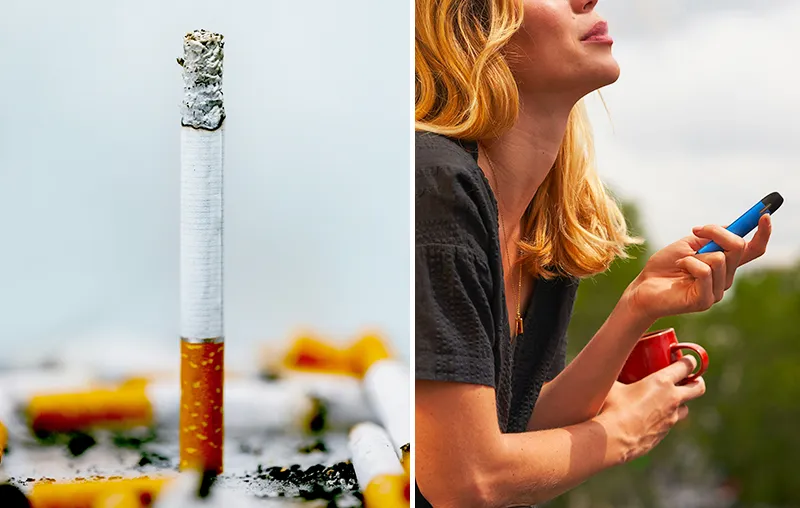
I like the recipe very, very much because it is simple and fast.
Question: How long is the shelf life of the mixture?
Hello Conny,
Thank you so much for your comment. I'm glad you like the recipe so much 🙂 .
Since it is so easy and fast, I also make only a fairly small amount at a time. I recommend to use up the cream within a month.
Love greetings!
Anja
Hello, I just made the sunscreen and I wonder: if I add 20g of zinc oxide to 100g of aloe coconut oil mixture, is that SPF 27?
20 from zinc oxide plus 7 from coconut oil?
Thanks already for the inspiration!
And: do you know how to extract aloe gel from the aloe plant itself and what to look for?
Hello Nora,
thank you for your comment!:)
20g of zinc oxide to 100g of aloe-coconut oil mixture gives a total of 120g - so the 20g of zinc oxide equals 16.7% of the total mixture. You should not simply add the SPF of the coconut oil, because coconut oil only protects against UVB rays and not against UVA rays.
I have not yet made my own aloe vera gel. However, you should be able to make it by separating out the contents, mixing them in a blender and then processing them immediately.
Love greetings
Anja
Woohoo,
Would like to sun protection factor 30
How many grams of zinc oxide do I need ?
Would like to mix 50g coconut oil and 50g aloe vera
Dear thanks
Hello Renate,
for a SLF of approx. 30 you need in your case approx. 40g zinc oxide.
This then results in a total of 140g of sunscreen. Thus, the 40g of zinc oxide correspond to 30.77% of the total mass and thus an SPF of about 30.
Have fun mixing 🙂
LG
Anja
hello anja, i am totally excited about my first homemade sunscreen. will be tried soon (-; someone told me that coconut oil alone is suitable as a sunscreen, if you are not too long in the sun but rather much in the shade, because of low SPF - you write here in principle - and that it lets the so important vitamin D through, while normal sunscreen totally blocked, what do you know / do you know about it ? how will it behave with coconut oil in combination with the zinc oxide (and aloe vera) ? and will the homemade sunscreen also be applicable for babies and infants (because of zinc oxide) ? i am totally thrilled, as i stumbled upon this today, what you can do everything yourself. mad !!! love birgitt
Hello Birgitt,
thank you so much for your lovely comment 🙂
How much solar radiation passes through the skin, ultimately depends on the amount of SPF. I have found information that at SPF 30 still 3.3% of radiation reach the skin, so that even with the important vitamin D can be formed.
With babies, of course, you have to be extra careful. Pediatricians recommend avoiding sunscreen altogether during the first year of life. However, if it is necessary, mineral sunscreen is also preferable here. Zinc oxide is also contained in many diaper creams for babies, for example. (e.g. in the Calendula baby cream from Weleda).
Best regards and have fun trying it out!
Anja
How do you prevent the zinc oxide from settling to the bottom? The solid particles fall to the bottom when the coconut oil cools down.
Hi Biggi. Stir and put in the fridge so that the coconut oil hardens. Just give it a try.
Best regards
Christoph